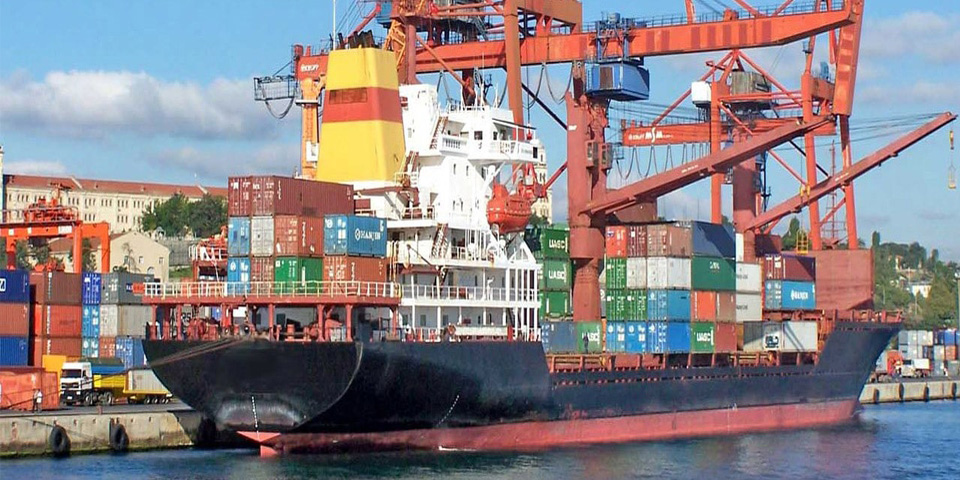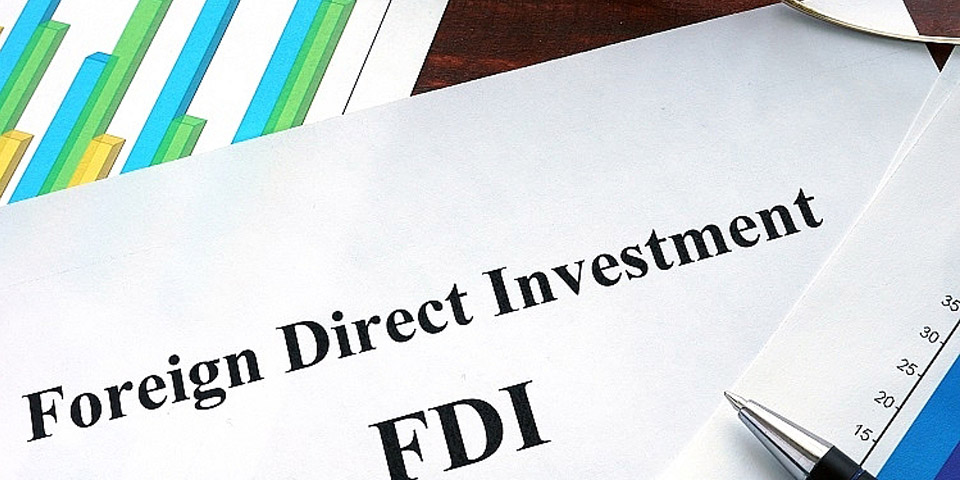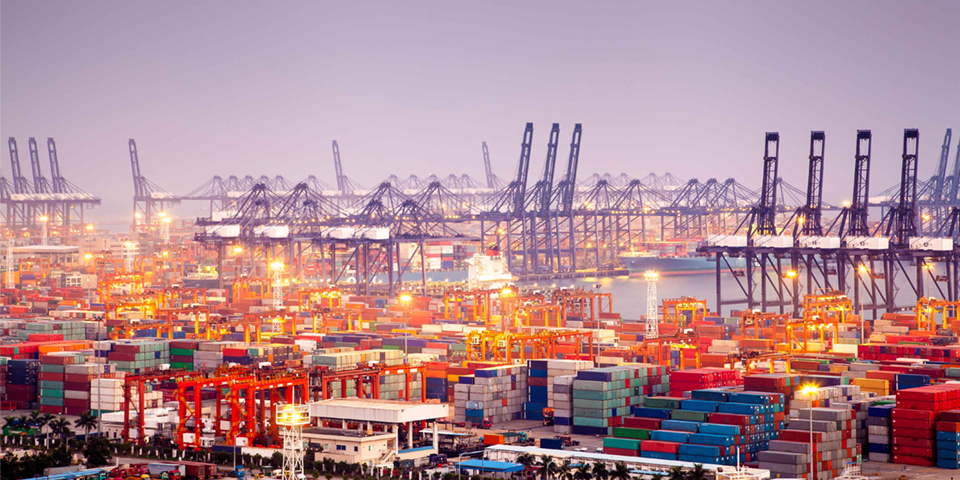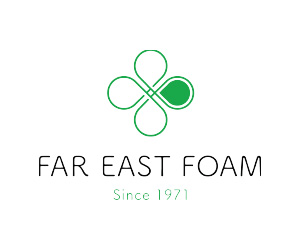Want to be in the loop?
subscribe to
our notification
Business News
REVOLUTIONIZING CUSTOMS AND BORDER MANAGEMENT WITH AI AND ML INNOVATIONS
At present, customs agencies worldwide are actively exploring and integrating advanced technologies into their specialized operations. This includes the application of Artificial Intelligence (AI) and Machine Learning (ML) in customs and border management.
Pros of AI and ML in specialized operations and border control
The World Customs Organization (WCO) report highlighted the immense potential of adopting big data, data analytics, AI, and Machine Learning (ML) in customs and border management. These technologies can significantly enhance the efficiency of cross-border movement of people and facilitate international trade.
In today’s world, as the movement of people and goods across borders continues to rise, the application of technology becomes indispensable. It enables authorities to manage and analyze the burgeoning volume of data effectively.
These advanced technologies can outperform human capabilities in managing data, detecting patterns, and making accurate predictions. The potential of Visual Testing (VT) and facial recognition technologies, along with behavioral and predictive analytics, is also being explored for their application in customs and border management.
The application of AI in customs and border management can lead to the development of a budget collection model that ensures accurate and comprehensive tax collection at the border. It can aid in the classification of products by the Harmonized System (HS), simplifying processes for users and promoting better compliance among customs authorities and businesses.
AI can also support customs inspections by identifying abnormalities more quickly and accurately, allowing customs officers to focus on areas and subjects with a high risk of non-compliance. It can enhance risk-based targeting of commercial shipments, provide and analyze data during shipment inspections using augmented/mixed reality headsets to detect contraband and counterfeit goods, and analyze container images taken by X-ray scanners to improve cargo inspections.
Furthermore, AI can supervise and control logistics at customs warehouses and bonded areas, and identify high-risk passengers and vehicles using visual search and facial recognition technology at the border.
The scope of these technologies can be expanded to develop intelligent analytics that predict future outcomes, thereby facilitating improved preparation and risk management. Enhanced services can be provided by deploying investigation robots for passengers at the border and by developing mobile payment applications for self-service customs tax payments at the border.
The WCO has been instrumental in supporting member customs agencies in their efforts to develop data analysis technology and enhance their data analysis capabilities. For instance, the “Handbook on Data Analysis” (2018) provides a comprehensive overview of data analysis technology. It delves into key aspects such as the nature of data analysis, its functioning, and the benefits it offers to customs and other government agencies.
The handbook serves as a guide on how to harness the power of big data and data analytics. It addresses issues related to data governance and introduces popular data analysis tools such as predictive analytics, cognitive computing, and statistical programming languages.
In addition to the “Handbook on Data Analysis”, the WCO has developed a “Capacity Building Framework on Data Analytics”. This framework is designed to enhance the organizational and technical capacity of customs officials, enabling them to effectively exploit and utilize rapidly growing data sources. This, in turn, empowers them to make accurate, insightful decisions based on data.
AI and ML application by customs agencies around the world
During the annual World Customs Organization (WCO) technology conferences in 2021, 2022, and 2023, several member customs agencies shared their experiences in applying advanced technologies to customs operations.
Botswana Customs, for instance, launched an online payment system through a mobile application called BURS Mtax, which has brought significant benefits to both the trading community and tax agencies. Zambia Customs’ TaxOnApp is another notable example of this type of innovation.
The Nigerian Integrated Customs Information System (NICIS) developed an Intelligent Fraud Detection System, an AI/ML technology designed to assist Nigerian Customs service personnel in performing risk analysis on declared information and processing large volumes of data in minimal time.
Azerbaijan Customs is currently undertaking a project on AI/ML-powered declarations. El Salvador Customs has established an “Artificial Intelligence Bureau” to enhance several processes by applying AI to risk management, image processing, and commodity pricing.
The Directorate General of Customs and Excise of Indonesia and the Federal Customs Service of the Russian Federation have utilized AI/ML for risk management purposes. Japan Customs has also employed AI for risk management and post-customs clearance inspection purposes.
At the WCO Technology Conference & Exhibition 2023 held in Hanoi, Vietnam, Mr. Philippe Duponteil, Director for Customs Duties and Digital Transformation of Customs and Taxation Policy at the European Commission, shared insights on AI applications in customs operations. He highlighted that AI can be used for a variety of purposes in customs operations and can bring numerous benefits. AI is particularly effective in risk management and predictive analysis, as it can analyze larger volumes of data than humans and can identify unclear trends.
AI possesses the capability to analyze not only large volumes of text data, such as customs declarations, but also images. It can compare these images with the contents in customs declarations, thereby enhancing the accuracy and efficiency of customs operations.
Beyond its application in risk management and predictive analysis, AI can also be harnessed to foster the development of customs application software and for training purposes. For instance, at the European Commission, AI is utilized to create e-learning models on a variety of topics related to customs and tax operations. Typically, a scenario is prepared, following which AI generates a digital teacher with voice capabilities to present and teach the content.
However, it is crucial to strike a balance in the reliance on AI. While AI can significantly enhance operational efficiency, it is not infallible and can make inaccurate decisions. These inaccuracies can impact authorities, businesses, and individuals, potentially undermining trust in the technology and leading to revenue losses.
Source: VCCI
Related News

CAR IMPORTS INCREASE 37.5 PER CENT IN 10 MONTHS
Việt Nam mainly imported cars from Indonesia, with 57,963 units imported so far this year (19,569 units higher than over the same period last year). Imports also came from Thailand, with 54,481 units (7,535 units higher than last year) and China, with 24,613 units (16,112 more than last year).

HAIPHONG TARGETS US$4 BILLION IN FDI FOR 2024
Haiphong recently approved 12 new projects in its economic and industrial zones, valued at a combined US$1.8 billion. This brings the total FDI in these zones to US$3.5 billion as of November, surpassing the city’s annual target by 40%.

FOREIGN INVESTORS FLOCKING TO SOUTHERN REGION
Foreign investors are actively calling on southern localities in the final months of 2024 to explore investment opportunities. On November 7, over 40 German businesses arrived in the southern province of Dong Nai to evaluate investment prospects in the area.

IMPROVING THE EFFECTIVENESS OF SOCIAL POLICY CREDIT
Following a decade of implementation, social policy credit is expected to enter a new phase of development to achieve higher efficiency for the sake of society and the community. On behalf of the Party Central Secretariat, on October 30, Standing Member of the Party Secretariat Tran Cam Tu signed a directive to improve the efficiency of social policy credit.

VIETNAMESE ENTERPRISES GRAPPLE WITH CHALLENGES IN Q3
In many sectors, businesses acknowledged that simply breaking even was an accomplishment this year. A prominent example is Nam Sông Hậu Trading Investment Petroleum JSC, once a leading fuel distributor in the Mekong Delta.

GLOBAL SOURCING FAIR VIETNAM 2025
Global Sourcing Fair Vietnam 2025, held from 24-26 April at the Saigon Exhibition & Convention Center (SECC), Ho Chi Minh City, is the must-attend international expo for sourcing Fashion & Accessories and Home & Gifts

































